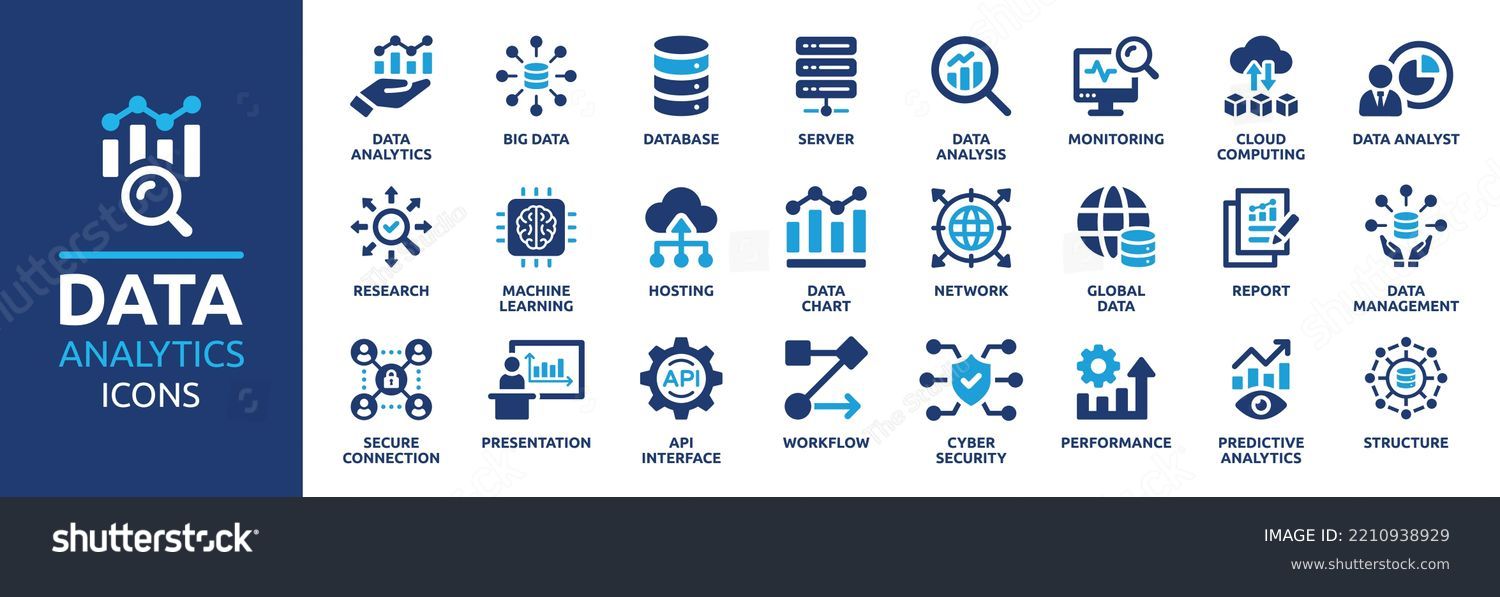In today’s fast-paced digital landscape, businesses leverage Big Data to make informed decisions, improve customer experiences, and gain a competitive edge. Big Data in business analytics has transformed how organizations interpret data, helping them uncover insights that drive strategic growth. Let’s dive into the latest trends and tools shaping this evolving field.
The Role of Big Data in Business Analytics:
Big Data refers to vast volumes of structured and unstructured data generated by businesses, consumers, and systems. This data holds immense value when analyzed effectively, enabling organizations to:
- Identify market trends.
- Personalize customer experiences.
- Optimize operational efficiency.
- Enhance risk management.
By integrating Big Data with advanced analytics, businesses can make data-driven decisions that align with their objectives.
Key Trends in Big Data Analytics:
1. AI and Machine Learning Integration:
Artificial Intelligence (AI) and Machine Learning (ML) are revolutionizing Big Data analytics. These technologies enable real-time data processing, predictive modeling, and automated decision-making. For instance, AI-powered algorithms can predict customer behavior, optimize supply chains, and detect fraud accurately.
2. Edge Computing:
As the volume of data increases, processing it closer to the source—at the “edge”—has become essential. Edge computing reduces latency, enhances speed, and ensures better data security, making it a significant trend in Big Data analytics.
3. Data Democratization:
Organizations are increasingly adopting user-friendly tools to make data accessible to non-technical teams. This trend empowers employees across departments to analyze data independently, fostering a data-driven culture.
4. Real-Time Analytics:
Businesses are prioritizing tools that provide insights in real time. Whether it’s monitoring customer sentiment on social media or analyzing website traffic, real-time analytics enables quick decision-making and enhances agility.
5. Cloud-Based Solutions:
Cloud technology has revolutionized how businesses store and process Big Data. Cloud platforms like AWS, Google Cloud, and Microsoft Azure offer scalable, cost-effective solutions for managing and analyzing large datasets.
Essential Tools for Big Data Analytics:
Here are some of the top tools that businesses are using to harness the power of Big Data:
1. Hadoop:
An open-source framework, Hadoop is widely used for storing and processing large datasets. It’s known for its scalability and flexibility, making it ideal for businesses of all sizes.
2. Tableau:
Tableau is a popular data visualization tool that simplifies complex data analysis. Its intuitive interface allows users to create interactive dashboards and generate actionable insights.
3. Apache Spark:
Designed for real-time analytics, Apache Spark processes data at lightning speed. It’s perfect for applications requiring rapid computations, such as fraud detection and machine learning.
4. Google BigQuery:
A serverless, cloud-based data warehouse, Google BigQuery enables businesses to analyze massive datasets quickly and efficiently. Its seamless integration with other Google tools makes it a preferred choice for many organizations.
5. Microsoft Power BI:
Power BI is a business intelligence tool that helps organizations visualize data and share insights across teams. Its integration with Microsoft Office products makes it user-friendly and versatile.
Conclusion:
Big Data in business analytics is no longer a luxury—it’s a necessity. By staying updated on the latest trends and leveraging cutting-edge tools, businesses can unlock the full potential of their data. As the field continues to evolve, organizations that embrace Big Data will be better equipped to thrive in an increasingly competitive market.


